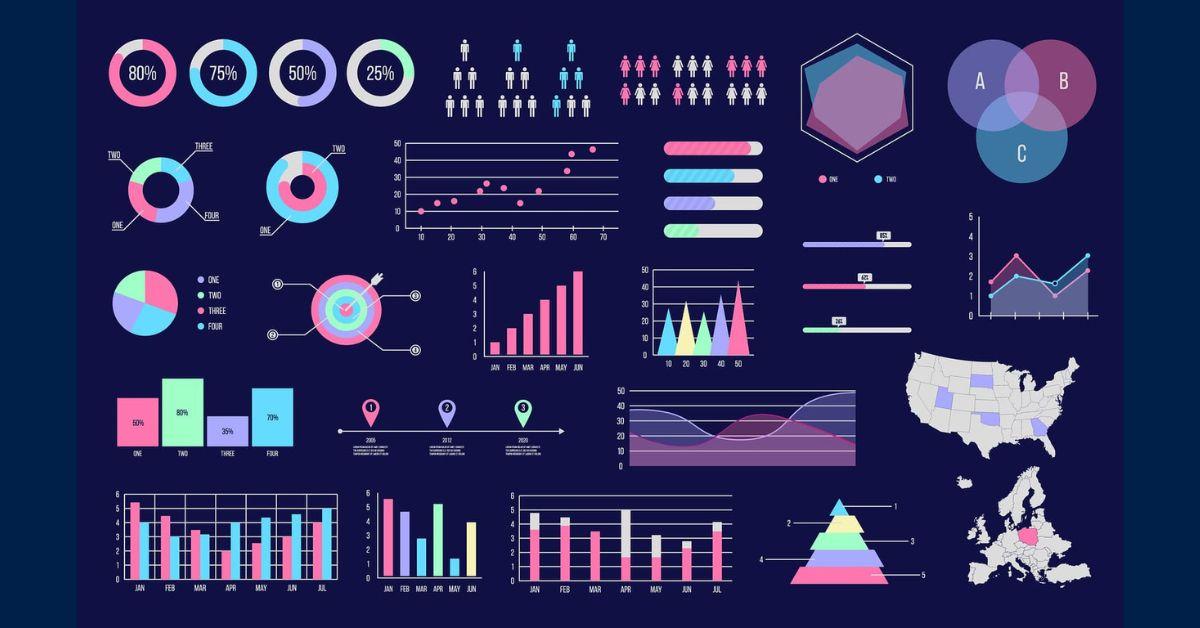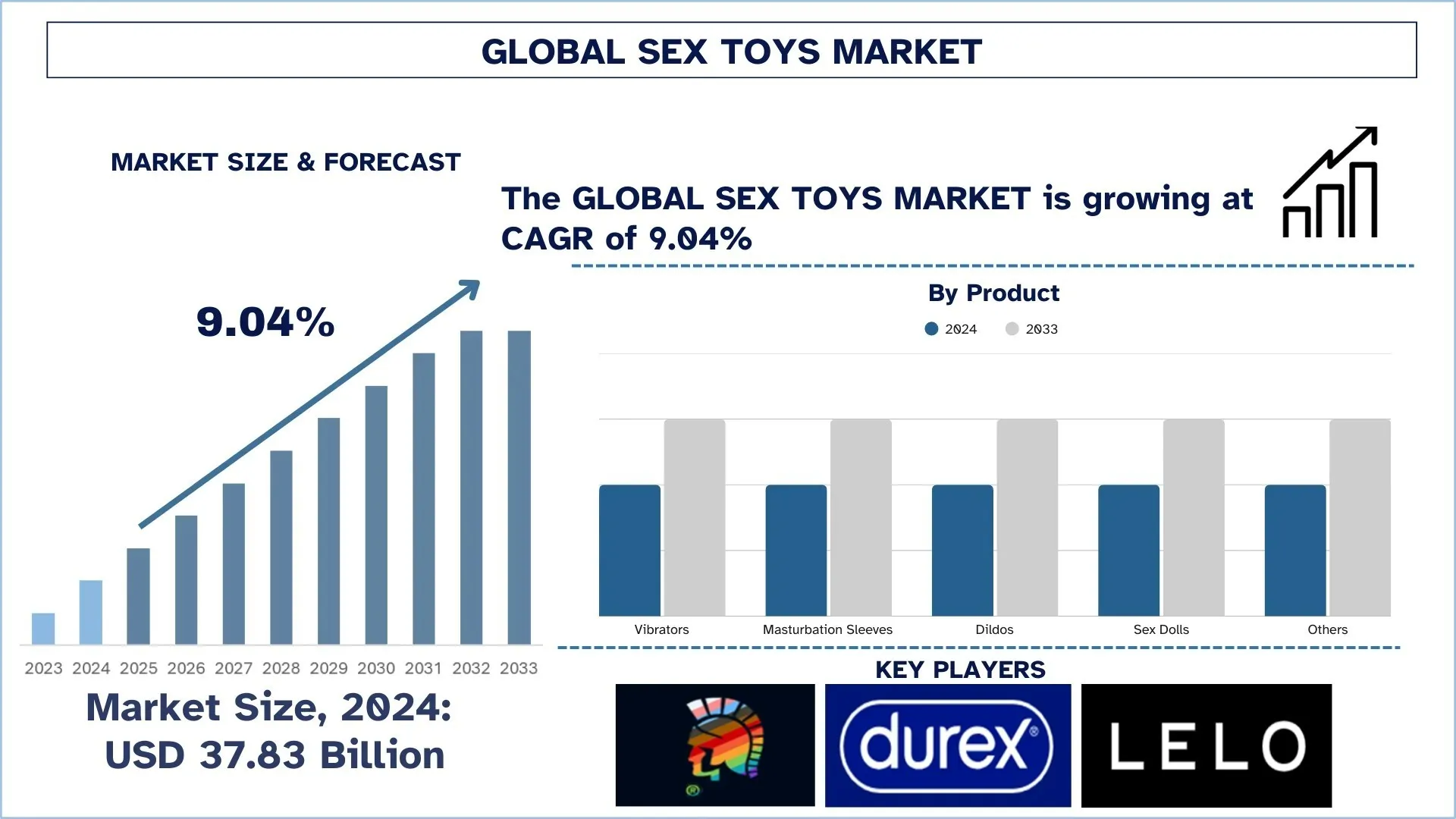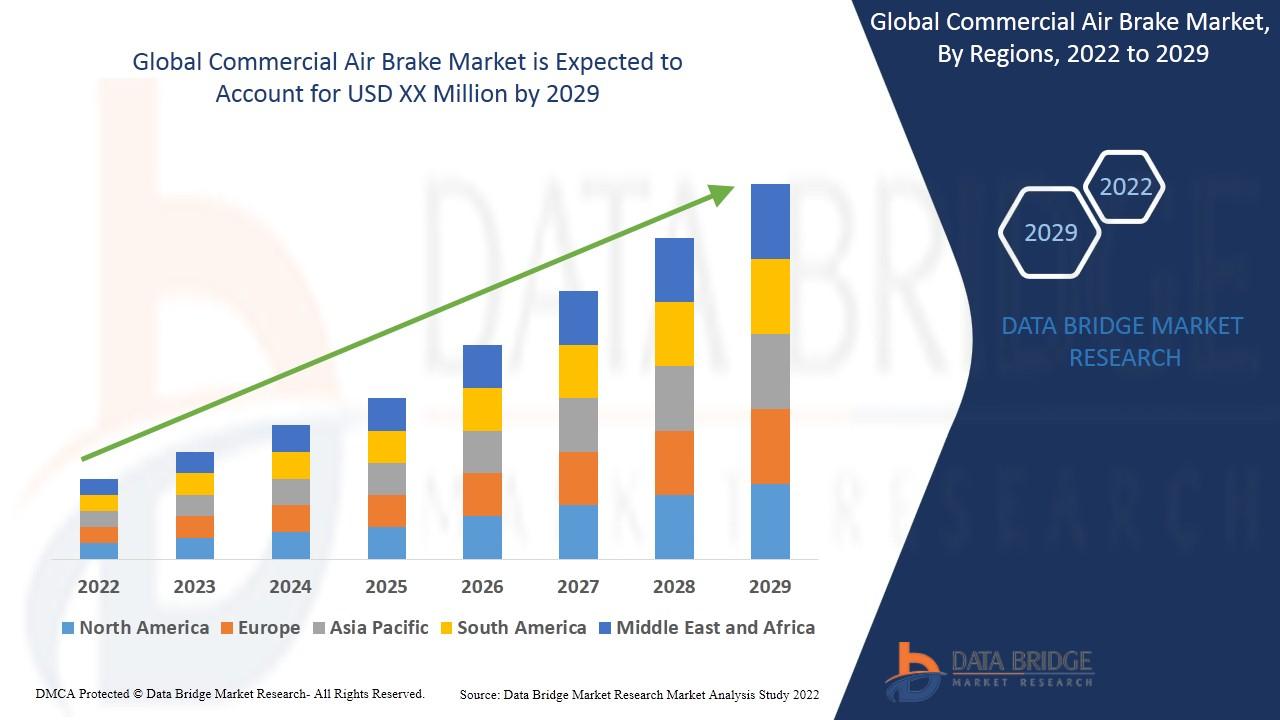Data Science vs Data Analytics Understanding the Key Differences

In today’s digital landscape, businesses are constantly looking for ways to harness data to improve decision-making, optimize processes, and gain a competitive edge. Two terms that often surface in this conversation are data science and data analytics. While they may sound interchangeable, they serve different purposes and bring unique value to organizations. Understanding the distinction between these two fields can help businesses identify the right resources, tools, and strategies for their growth.
This article explores the definitions of data science and data analytics, highlights their differences, and explains how organizations can benefit from each discipline.
What is Data Science
Data science is an interdisciplinary field that combines programming, statistical modeling, and advanced technologies such as machine learning and artificial intelligence to derive insights from massive datasets. It involves collecting, cleaning, processing, and interpreting data to solve complex business problems. Data science goes beyond analyzing historical information—it predicts future outcomes, automates processes, and develops innovative solutions that can transform industries.
A data scientist often works on building predictive models, designing algorithms, and using unstructured data sources such as text, images, and videos. Their role requires creativity, problem-solving, and the ability to translate mathematical models into business solutions.
What is Data Analytics
Data analytics, on the other hand, focuses on examining structured datasets to identify trends, patterns, and insights. It is more descriptive and diagnostic, often answering questions such as “What happened?” and “Why did it happen?” rather than “What will happen next?” Businesses rely on data analytics to evaluate performance, measure success, and make data-driven decisions.
Through the use of reporting tools and visualization techniques, analytics enables organizations to see their data in a clear and actionable way. This is where the role of data analytics services becomes crucial, as they allow businesses to understand their operations at a granular level.
Key Differences Between Data Science and Data Analytics
Scope and Purpose
Data science is broad in scope, covering everything from data mining to building machine learning models. Its purpose is to generate predictions and create systems that can learn and adapt. Data analytics is narrower in scope, designed to provide immediate answers and support day-to-day decision-making.
Complexity of Work
Data science requires deep knowledge of advanced programming, algorithms, and statistics. It often involves working with raw, unstructured data. Data analytics, while technical, is more accessible, often using structured data and visualization techniques to provide quick insights.
Tools and Techniques
Data science uses programming languages such as Python, R, and frameworks like TensorFlow. Data analytics, in contrast, heavily relies on visualization tools, SQL, and platforms that enable reporting. Working with data visualization service providers ensures businesses can interpret their analytics more effectively.
Business Applications
Data science is applied when organizations want to predict customer behavior, develop recommendation engines, or automate workflows. Data analytics is applied when businesses need to track sales performance, identify bottlenecks, or evaluate the success of a campaign.
Overlap Between Data Science and Data Analytics
Despite their differences, data science and data analytics overlap in meaningful ways. Both disciplines require strong analytical thinking, data preparation skills, and the ability to communicate findings effectively. A data science project often begins with analytics, as it is essential to understand historical trends before building predictive models. Similarly, analytics can benefit from data science techniques to provide deeper insights.
Why Businesses Need Both
Modern businesses should not choose between data science and data analytics but rather use them together. Data analytics provides clarity on current performance, while data science builds strategies for the future. When integrated, they offer a comprehensive approach that empowers decision-makers with both real-time insights and predictive capabilities.
Partnering with experts who offer data managed services ensures businesses can handle the entire lifecycle of their data, from collection and storage to analysis and modeling. This approach guarantees that organizations maximize the value of their information assets.
Real-World Examples
Retail
Retail companies use data analytics to track customer purchasing habits and identify which products are performing well. Data science goes a step further by predicting what customers are likely to buy next and personalizing recommendations.
Healthcare
Hospitals rely on data analytics to monitor patient records and operational performance. Data science supports them in developing predictive models to identify high-risk patients and improve treatment outcomes.
Finance
Banks use data analytics to detect fraudulent transactions and manage compliance. Data science is used to develop credit risk models, enabling institutions to forecast defaults and optimize lending strategies.
Future Trends in Data Science and Data Analytics
The lines between data science and data analytics continue to blur as technologies advance. Artificial intelligence, automation, and cloud computing are making both fields more accessible and powerful. Businesses that invest in these capabilities will have a strong advantage in predicting trends, reducing risks, and achieving sustainable growth.
As organizations increasingly rely on data for every decision, both fields will continue to evolve together, creating a more data-centric world.
Conclusion
Data science and data analytics are distinct yet complementary disciplines. While data science focuses on prediction, innovation, and unstructured data, data analytics emphasizes descriptive and diagnostic insights from structured information. Businesses that understand the differences and invest in both areas can uncover opportunities, improve efficiency, and stay ahead in a competitive market.
For organizations looking to harness the full potential of their data, combining the strengths of data science and analytics is no longer optional—it is essential.
Frequently Asked Questions
What is the main difference between data science and data analytics?
Data science is focused on creating models and systems that predict and automate, while data analytics is centered on analyzing existing data to provide insights for immediate decisions.
Do small businesses need data science or data analytics?
Small businesses often start with data analytics to understand their performance and later adopt data science for predictive modeling as they scale.
Which career is better, data science or data analytics?
Both careers offer rewarding opportunities. Data science requires advanced technical skills and has a broader scope, while data analytics offers faster entry points with a strong focus on business intelligence.
Can data analytics exist without data science?
Yes, data analytics can function independently, but it gains greater depth and predictive power when combined with data science techniques.
What tools are commonly used in each field?
Data science often uses Python, R, and machine learning frameworks. Data analytics relies on SQL, spreadsheets, and visualization tools.






